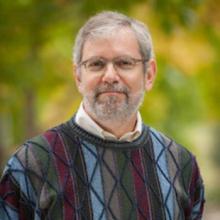
Attosecond Science and the 2023 Nobel Prize
Prof. Phil Bucksbaum, Stanford University
Abstract: This year’s Nobel Prize in Physics was awarded to Pierre Agostini, Anne l’Huillier, and Ferenc Krausz, for discoveries that launched attosecond science and technology at the turn of the century, before SLAC ever had an x-ray free electron laser or hosted any ultrafast research. Subsequent advances at LCLS and PULSE as well as other labs around the world helped to establish the breadth and importance of research at the attosecond frontier, making the case for Nobel recognition of the foundational work. The Prize celebrates a successful symbiotic progression: advances in ultrafast lasers are quickly followed by fundamental discoveries in physics, which then motivate further advances in laser technology. This colloquium is an eyewitness account of that story from its beginnings four decades ago to the present. I’ll describe the science behind the Prize, and I’ll explain how SLAC has become a central focus for the next chapter of the saga.
About Prof. Phil Bucksbaum

Phil Bucksbaum holds the Marguerite Blake Wilbur Chair in Natural Science at Stanford University, with appointments in Physics, Applied Physics, and in Photon Science at SLAC. He chairs the Photon Science Faculty and conducts his research in the Stanford PULSE Institute.
Audience:

